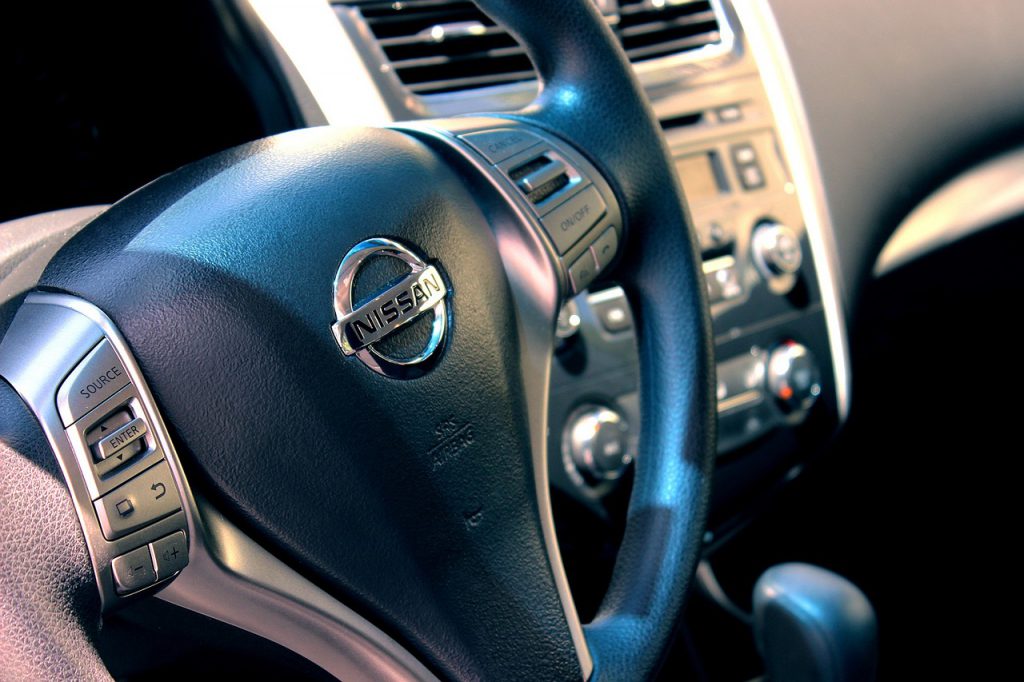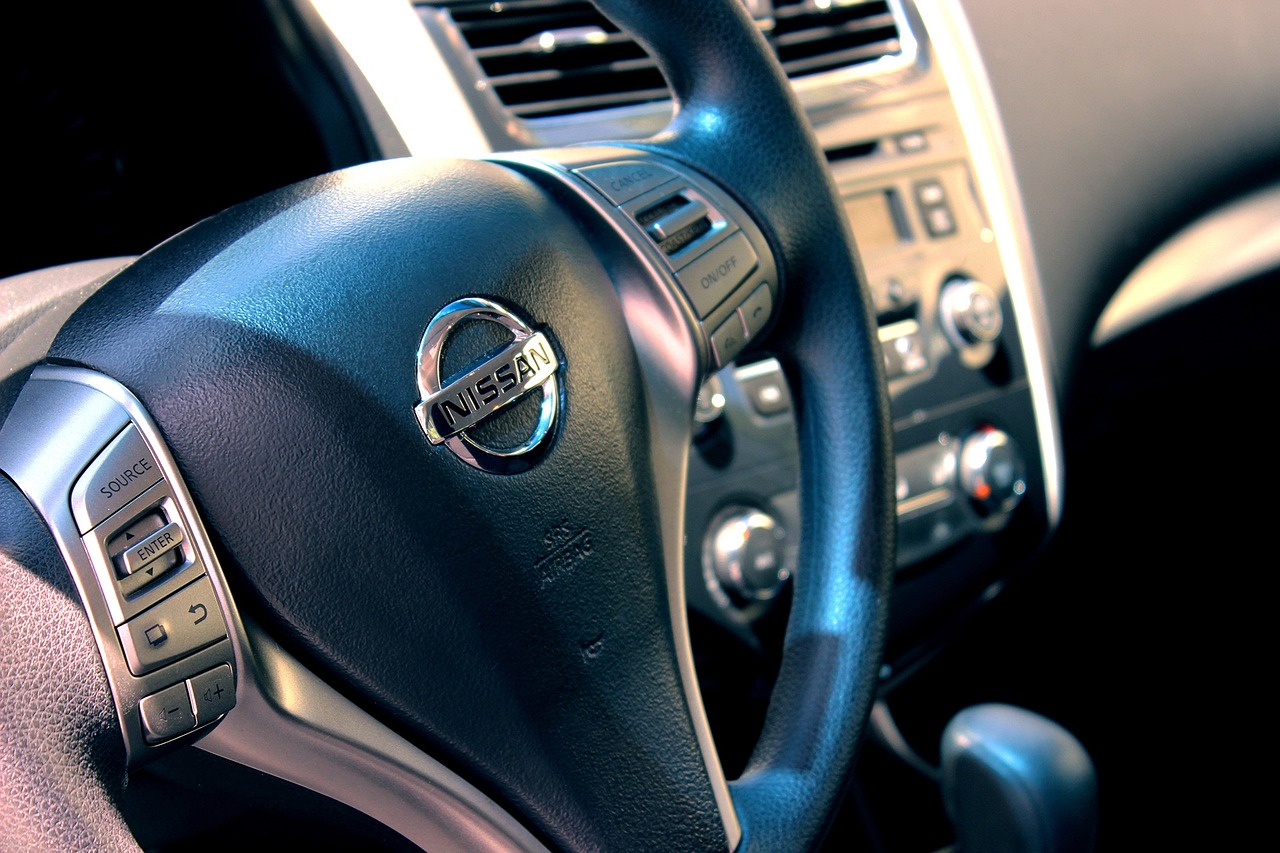Some distinguishing features of Japanese cars are their reliability, fuel efficiency, quality, and longevity. Owning a Japanese domestic market (JDM) vehicle is a wise investment, especially if you put in the effort to maintain it. While JDMs are long-lasting and reliable, they can be very expensive to repair if you don’t take care of them. Below, we will explore several ways you can maintain the longevity of your car.
Contents
Always conduct recommended automotive care
The manufacturer’s recommended automotive care is in your car’s owner’s manual. Performing scheduled maintenance can ensure the longevity of your car’s engine, brake pads, and electrical systems. Performing preventive maintenance saves you money, increases your security, and reduces inconveniences.
You can avoid many car issues by regularly conducting recommended maintenance. Some of these issues include AC and heat problems, an overheating engine, your battery dying due to idling, or a power window lock malfunction. If you intend to buy a new vehicle, exploring JDM cars for sale can offer you options with a good track record for durability.
Picking the right service provider
Not every automotive repair shop has experience in effectively handling Japanese cars. You must choose a service provider specializing in these models, as they’ll have the proper knowledge and equipment to make sure your car gets the right care and treatment it deserves.
There is a huge difference between a specialized and a generic service provider. This difference could mean preserving the integrity of your car and risking its performance. Hiring the right automotive repair services when needed is essential for quality maintenance.

Regularly check tire pressure
A crucial part of vehicle maintenance is keeping the tire pressures to the recommended level. Doing this ensures the car lasts longer and adds to the overall car safety. An under-inflated tire can affect the braking distances and cause steering issues. This is quite dangerous, especially during emergency stops or sudden maneuvers to avoid collisions.
Low tire pressure often makes the tires flex more and causes heat. Mild heat increases the tread wear of your tires, while high heat can cause blowouts or the loss of the tread segments. Be sure to always check your car’s tires regularly for safe tire pressure. You can do this at least once a week or once a month before embarking on a long trip.
Check the vehicle’s fluids
There are several fluids that you always check in your car at least once a month. Ensuring these fluids are at the optimal level reduces maintenance costs and keeps the car in good shape. If you find out that you top off fluids more than what is recommended in your car manual, then check for a leak. Here are the most important fluids you should check regularly.
- Automatic transmission fluid: It is crucial to check your car’s automatic transmission fluid every 50,000 to 100,000 miles. You can do this with your car’s dipstick or ask a technician to check the level for you.
- Engine oil: This is an essential fluid that lubricates the parts of the engine. Improper engine oil levels can cause your engine to stop working. Regularly check oil levels or top up once a month. If your car has high mileage, then it isn’t uncommon to add a quart of oil several times a year. However, more could indicate an issue.
- Brake fluid: The brake fluid is in a clear plastic container on top of the master cylinder. It is mounted to the firewall in front of your steering wheel. Always check your brake fluids whenever you perform oil changes.
- Engine coolant: Engine coolants (also known as antifreeze) keep cars running in cold or hot weather. Always check the coolant levels at least twice each year before cold or hot seasons. In most cars, you’ll find the engine coolant level through the clear plastic container under the bonnet.
- Windshield washer fluid: Many people use windshield wipers more often than they realize. Ensure to check its fluid level at least once a month. You can add more fluids if you require it. Always check the fluid levels during winter and rainy seasons and before embarking on a long trip.
- Power steering fluid: This reservoir is under your car’s hood. When clear, the fluid level is easily visible. When opening the reservoir, use a rag to clean the lid to avoid dirt from falling into the fluid when you remove the cap. Always check this fluid at least annually.
Endnote
While cars imported from Japan are long-lasting, very fuel-efficient, and reliable, they must be adequately taken care of. The best way to maintain your car’s longevity is to give it the right attention it requires. With the right care and attention, you can expand the life of your car and enjoy reliable transportation without affecting your finances.



